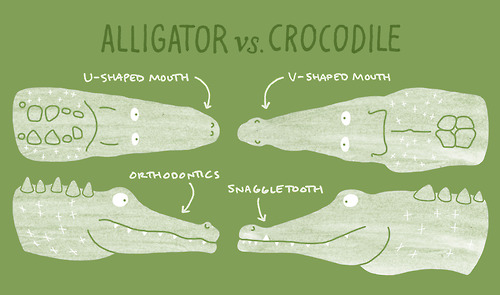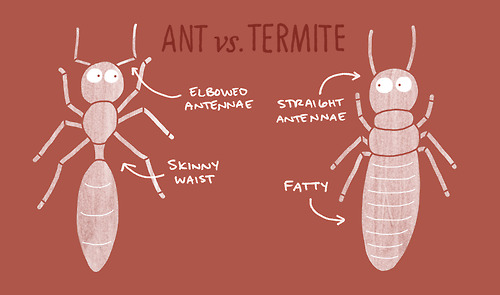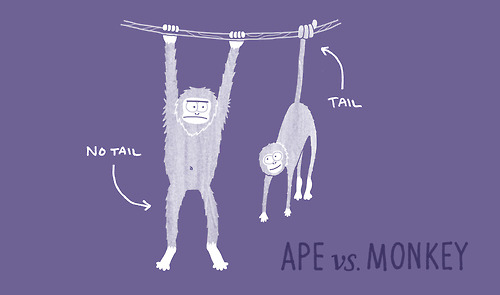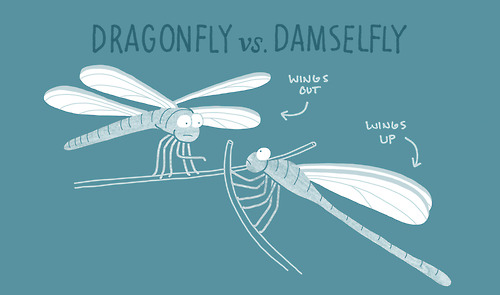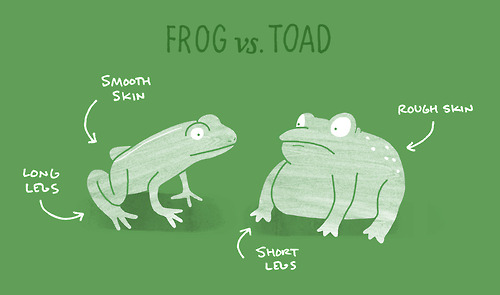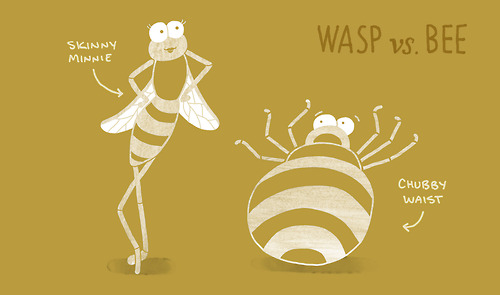By Anupum Pant
Who’d have thought that a fun website like 9gag could teach you something useful. This is an artwork that I first saw on 9gag and wanted to find where it originated from (to give the artist its full credit). I believe, I Raff I Ruse is the blog which published it first. I could be wrong, but then the apparent source itself attaches no text that could confirms anything. And then it probably went on NPR, and consequently spread all over the web.
The artwork illustrates subtle physical differences between certain kinds of animals which look very similar to the untrained eye. It’s a very simple thing to know and you should definitely know it. The whole list includes differences between:
- Ape and Monkey
- Frog and Toad
- Dragonfly and Damselfly
- Ant and Termite
- Wasp and Bee
- Turtle and tortoise
- Alligator and Crocodile
The Turtle and tortoise difference was one of these seven differences which I knew for sure. Then, I can definitely tell a wasp from a bee, an ape from a monkey, and an ant from a Termite, I still wasn’t very confident about the others. I bet you also knew at least one of these differences. And I hope you didn’t know at least one because I wish you learn something from this post.
